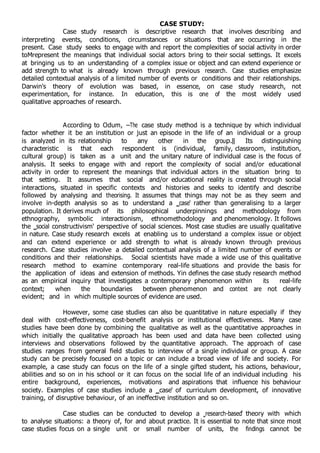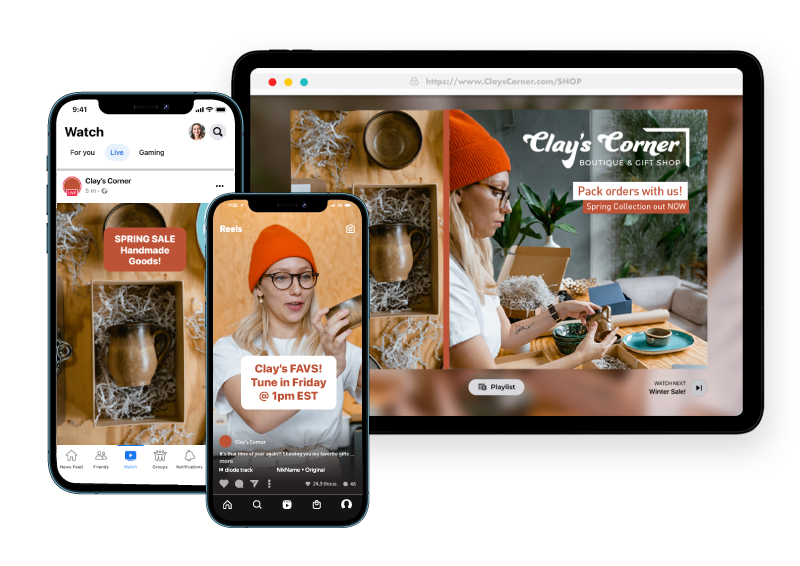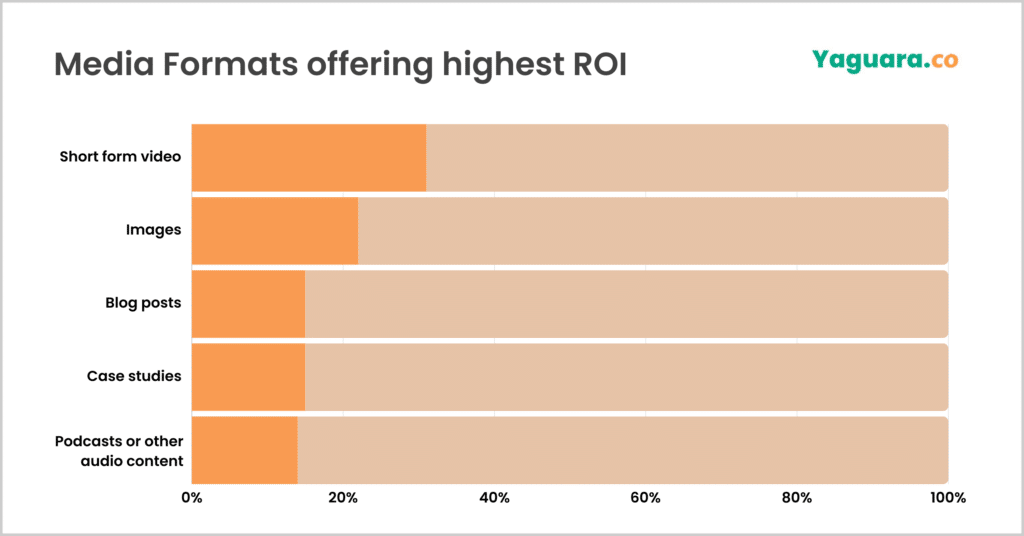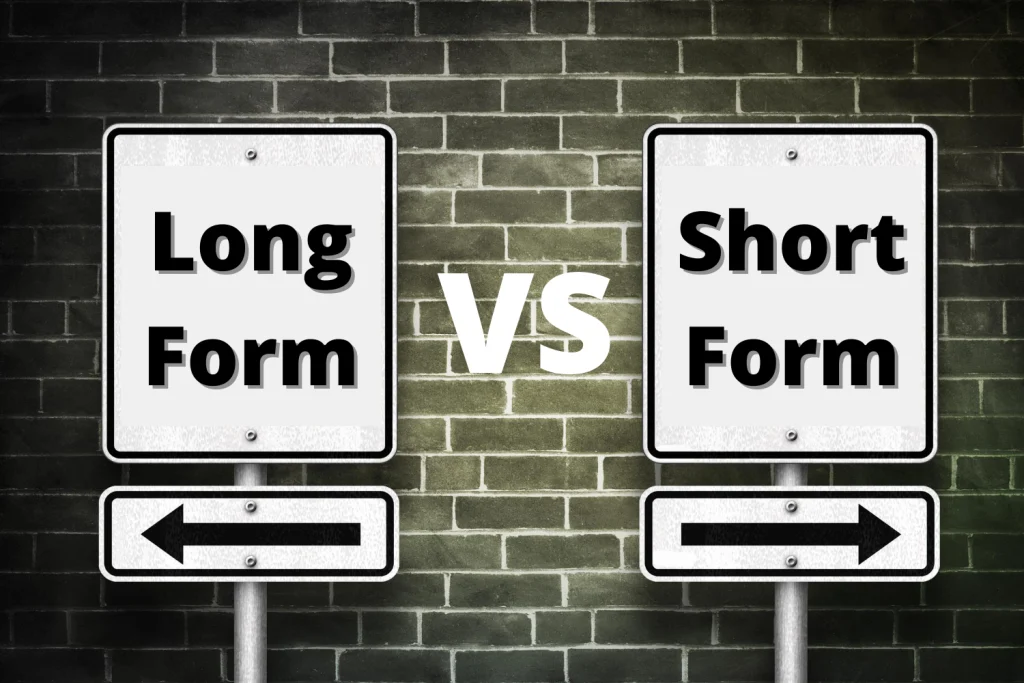In the world of content creation, the debate between short-form and long-form content is more relevant than ever.
With audiences consuming information at an unprecedented rate, understanding which format aligns with your goals and audience preferences can significantly impact your content strategy.
This blog post will explore the definitions, uses, pros, and cons of both short-form and long-form content, helping you determine the best option for your needs.
What Is Long-Form Content?
Long-form content typically refers to articles, blogs, or videos that exceed 1,500 words or run for more than 10 minutes.
This format allows for in-depth exploration of topics, providing comprehensive information and insights that engage readers and viewers. Examples of long-form content include:
- In-depth guides and tutorials: Detailed resources that educate the audience about a specific topic.
- Research papers and case studies: Extensive documents that present data, findings, and analyses.

- Webinars and podcasts: Audio or video formats that provide valuable insights over extended durations.
Long-form content excels in providing value, fostering engagement, and improving SEO by allowing for the inclusion of multiple keywords and topics within a single piece.
What Is Short-Form Content?
Short-form content, on the other hand, typically includes pieces that are less than 1,000 words or around 3 to 5 minutes in video length.
This format is designed to convey information quickly and efficiently, catering to the fast-paced consumption habits of modern audiences. Examples of short-form content include:
- Social media posts: Quick updates, images, or videos shared on platforms like Instagram, Twitter, and youtube shorts.

- Blog posts: Concise articles that provide brief insights or tips on a specific subject.
- Infographics and memes: Visual content that presents information in an easily digestible format.
Short-form content is ideal for capturing attention quickly and encouraging shares, making it an excellent choice for driving engagement on social media.
Difference Between Long- Form and Short-Form Content-
| Aspect | Long-Form Content | Short-Form Content |
| Length | Typically over 1,500 words or extended media (e.g., long videos, white papers). | Usually under 1,000 words or shorter media (e.g., short videos, infographics). |
| Purpose | To provide detailed, in-depth information, educate, and establish authority. | To quickly engage, promote brand awareness, or encourage immediate action. |
| SEO Benefits | Helps boost SEO by covering more keywords, increasing dwell time, and ranking higher on search engines. | Limited SEO benefits, but good for quick engagement and frequent updates. |
| Audience Engagement | Requires more time and attention from the audience, delivering deeper value. | Quick and easy to consume, ideal for on-the-go engagement. |
| Best Used For | Tutorials, guides, case studies, white papers, comprehensive blog posts. | Social media updates, ads, promotional content, short videos. |
| Content Type | Text-heavy articles, eBooks, podcasts, long-form videos. | Infographics, short videos, social media posts, brief blogs. |
| Conversion Goal | Aimed at building trust and nurturing long-term relationships. | Focused on immediate actions like sign-ups, downloads, or purchases. |
| Distribution | Blogs, websites, eBooks, online courses, webinars. | Social media platforms, email campaigns, advertisements. |
| Time Investment | Requires more time for creation and consumption. | Quicker to create and consume. |
Pros and Cons of Long-Form Content
Pros:
- In-depth coverage: Provides comprehensive information, making it valuable for readers.
- Better SEO performance: More keywords and content can lead to higher rankings.

- Higher engagement: Longer articles often keep readers on your site longer.
Cons:
- Time-consuming: Long -form content creation requires more effort and research.
- May lose audience interest: If not well-structured, long content can lead to disengagement.
- Higher production costs: Developing high-quality long-form content may require more resources.
Pros and Cons of Short-Form Content
Pros:
- Quick to create: Short-form content can be produced faster, allowing for frequent updates.
- Easier to consume: Ideal for busy audiences seeking quick information.

- Higher shareability: Quick, engaging posts tend to be shared more widely on social media.
Cons:
- Limited depth: May not provide enough information for comprehensive understanding.
- Lower SEO value: Fewer keywords and topics may impact search rankings.
- Potential for reduced engagement: Quick content may not hold attention for long.
Quick Tips to Elevate Your Content Strategy
- Know Your Audience: Understanding your target audience helps tailor content to their preferences, increasing engagement.
- Mix Content Types: Use a blend of short-form and long-form content types to cater to different audience segments and maximize reach.

- Optimize for SEO: Incorporate relevant keywords naturally into your content to improve search visibility.
- Promote Strategically: Share your content across various platforms to enhance exposure and drive traffic.
- Engage with Feedback: Monitor audience responses and adjust your content strategy based on their feedback and preferences.
To Sum Up
Choosing between short-form and long-form content ultimately depends on your goals, target audience, and content strategy. Both formats have their unique advantages and challenges, making it essential to assess your objectives before deciding.
By understanding when to use each type of content and leveraging their strengths, you can create a well-rounded content strategy that resonates with your audience.
If you’re looking to enhance your content strategy and drive better results, reach out to LalitWebWorld.
Our team of digital marketing experts can help you craft the right content tailored to your audience’s needs, ensuring your message is heard loud and clear.
By optimizing your content approach, you can unlock the potential for greater engagement and success in your online endeavors.



